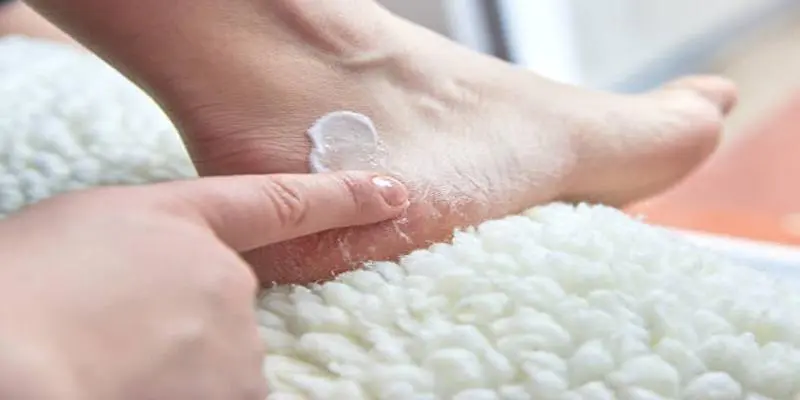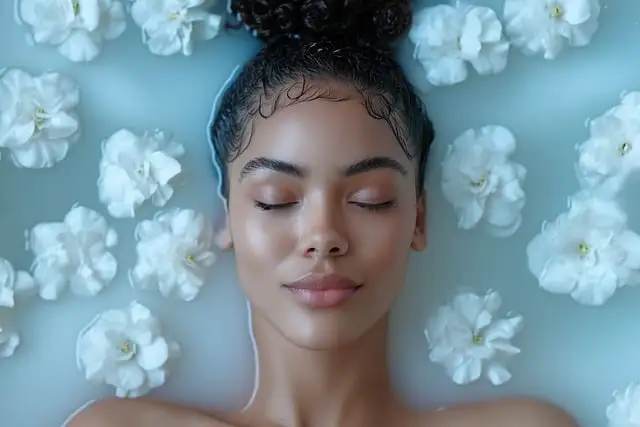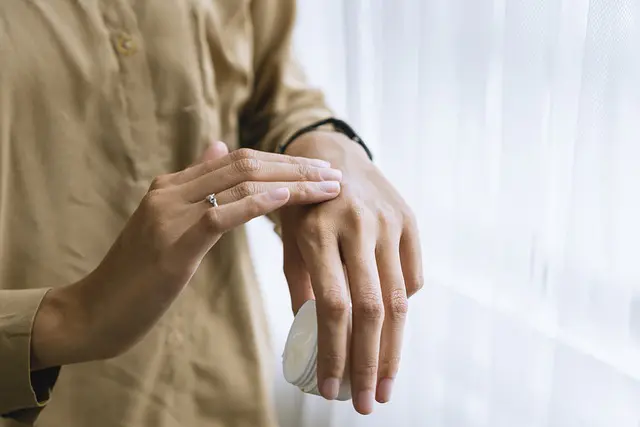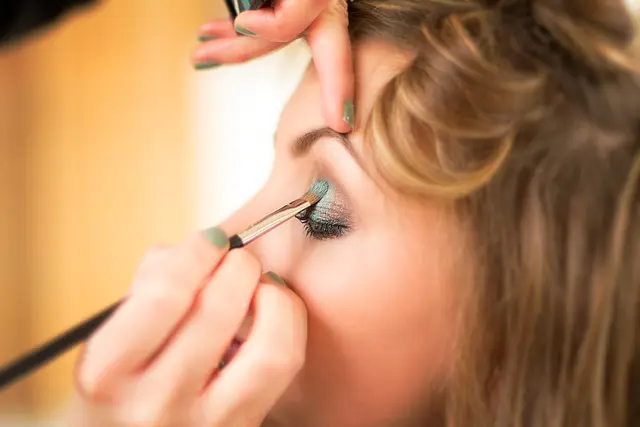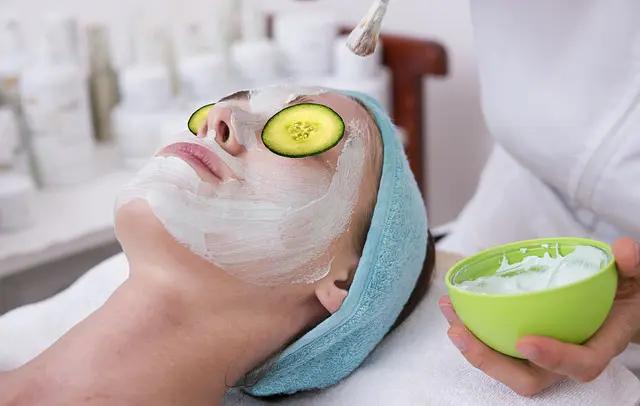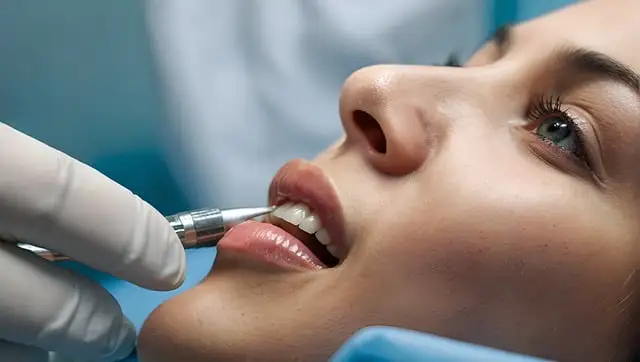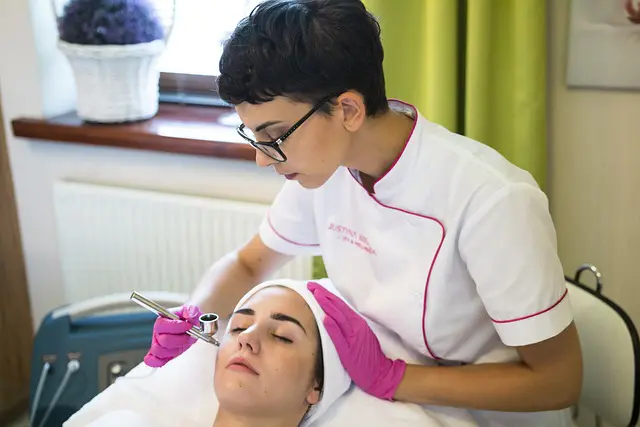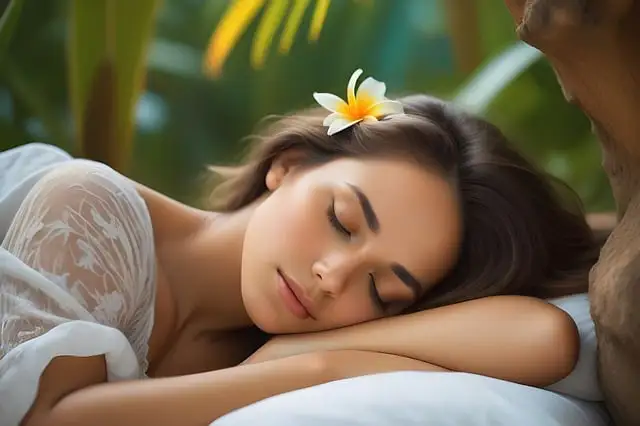Step into the realm of organic beauty with a homemade Turmeric Facial Mask, a cherished secret from around the world. This mask is more than just a skincare ritual; it's a key to unlocking your skin's inner glow and vibrancy.
Turmeric, the hero ingredient, is a potent antioxidant that fights against free radicals, delaying the signs of aging. Its anti-inflammatory and antibacterial properties are unmatched for calming inflammation, reducing blemishes, and fading acne scars. By adding this golden root to your beauty routine, you can significantly enhance your skin's health and vitality.
1. Mixing Your Golden Potion
The adventure of making your own turmeric facial mask begins with selecting and combining specific ingredients. Combine finely milled turmeric powder, the velvety texture of yogurt, and the natural sweetness of honey. Yogurt's lactic acid softly exfoliates, while honey hydrates, creating a synergistic blend that addresses a variety of skin concerns.
When selecting turmeric powder, opt for a smooth texture to prevent skin irritation. Use a clean brush to evenly distribute the mask across your face. Customize the ingredient proportions to cater to your skin's unique needs. This tailoring is what makes your homemade mask so effective, offering personalized benefits for your skin tone.
Thought to Consider: You can modify the mask's consistency to your liking. A thicker application provides a more concentrated treatment.
Cautionary Note: Be aware that turmeric can stain fabrics, so dress in old clothes or use a dark towel to prevent any staining.
2. Applying for Maximum Benefits
To get the most out of your homemade turmeric mask, proper application is crucial. Begin by cleansing your face to clear away dirt and impurities. Then, apply the mask evenly with gentle, sweeping motions. Allow it to rest for approximately 15 to 20 minutes, giving the ingredients time to absorb and perform their magic.
While waiting, enhance the experience with a facial massage. The soothing, circular movements are not only luxurious but also improve circulation, aiding in the absorption of the mask's nutrients. Focus on areas prone to tension, such as your forehead and jawline. This step transforms your routine into a self-care ritual that benefits both your skin and overall well-being.
Thought to Consider: Apply the mask with upward strokes to combat gravity and achieve a more lifted appearance.
Cautionary Note: Avoid the eye area to prevent irritation.
3. The All-Encompassing Benefits of Turmeric Facial Mask
The benefits of a DIY turmeric facial mask are far-reaching. It's not just about an immediate glow; it's about fostering long-term skin health. Its antioxidant properties protect against environmental damage, while regular use can encourage collagen production, maintaining skin elasticity and a youthful appearance.
This mask combats inflammation, manages acne, and bestows a radiant glow. Its antibacterial properties support clear, healthy skin. Whether you're addressing current concerns or preventing future ones, this natural solution provides a comprehensive skincare approach.
Thought to Consider: For consistent results, use the mask twice a week without overwhelming your skin.
Cautionary Note: Turmeric may temporarily color the skin, but this usually fades within hours.
4. Precautions on Staining and Allergies
Before incorporating the turmeric mask into your routine, be mindful of potential staining, especially on light skin. Apply a barrier like petroleum jelly or moisturizer around your hairline and eyebrows to prevent this. Also, conduct a patch test to ensure no ingredients cause an allergic reaction, allowing you to adjust the mask to your skin's sensitivities for a safe and effective experience.
Thought to Consider: Applying


